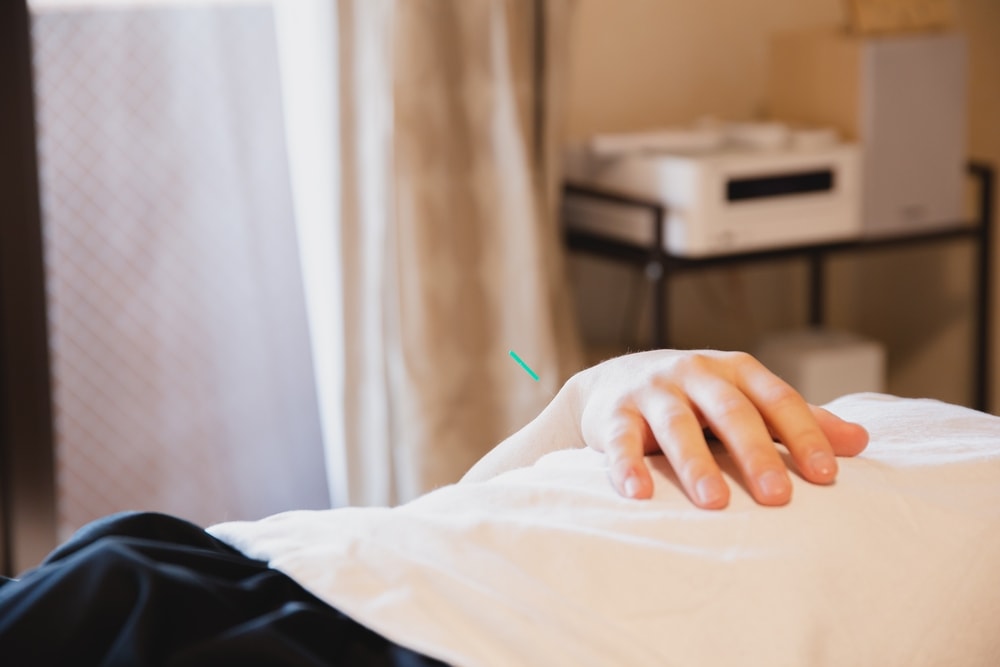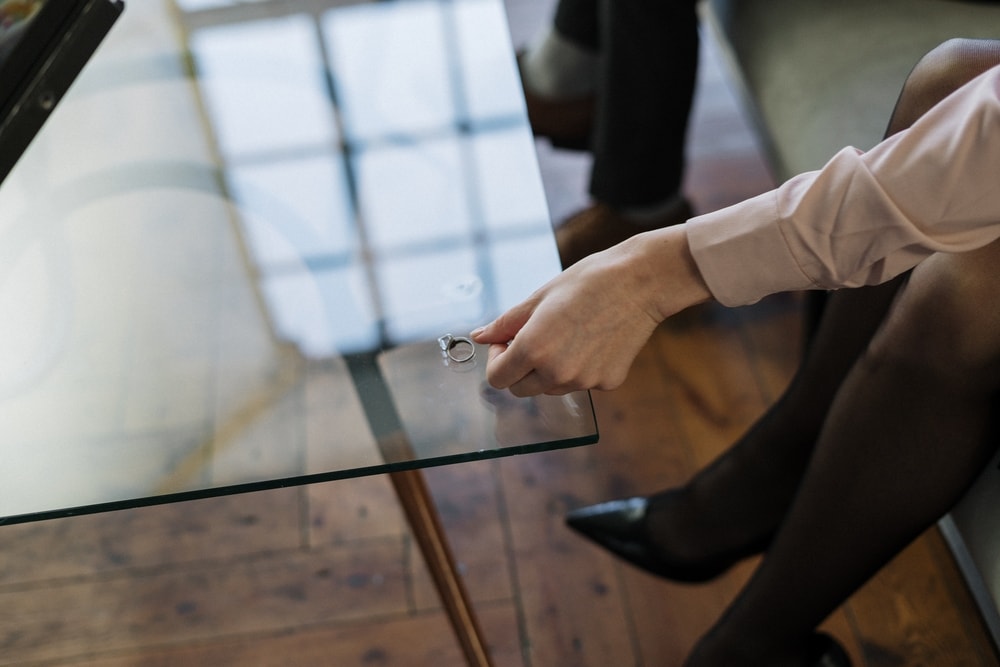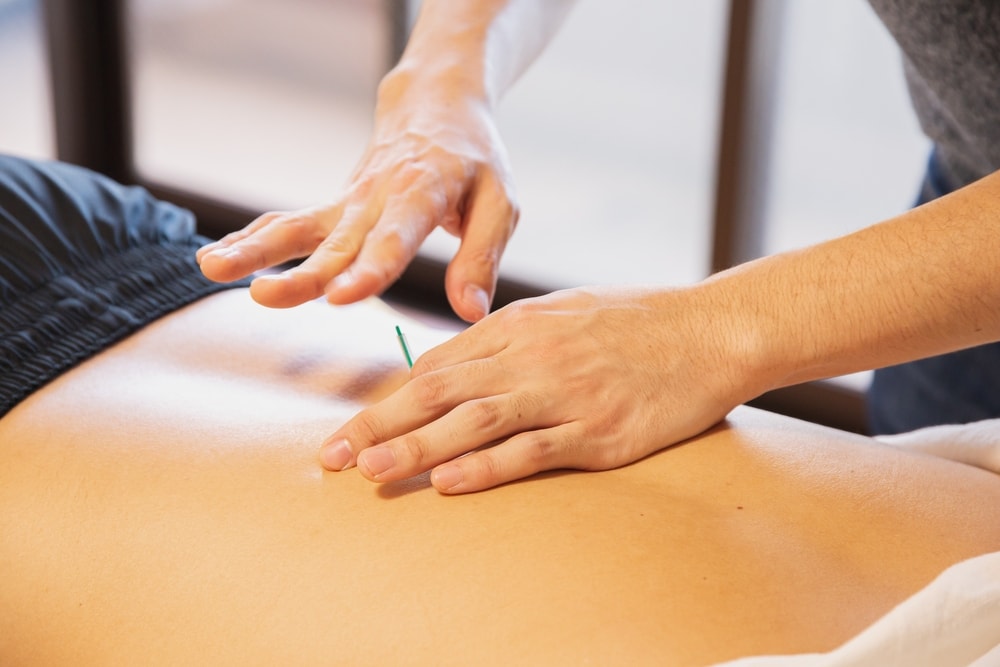Understanding Medical Spa Treatments: A Guide
Medical spas, also known as med spas, have become increasingly popular in recent years as people look for ways to enhance their appearance and address various skin and body concerns. Medical spas offer a wide range of treatments that are designed to improve the health and appearance of the skin and body, using advanced techniques and technologies that are not typically available at traditional spas. In this guide, we will provide an overview of some of the most common medical spa treatments, their benefits and risks, and how to choose the right medical spa for your needs.
Common Medical Spa Treatments
Medical spas offer a variety of treatments that can help address a range of concerns, from fine lines and wrinkles to stubborn fat and cellulite. Some of the most common medical spa treatments include:
- Injectables: Injectable treatments, such as Botox and dermal fillers, are used to reduce the appearance of wrinkles, fine lines, and other signs of aging. These treatments work by relaxing the muscles in the face or adding volume to areas that have lost fullness over time.
- Laser Treatments: Laser treatments use intense beams of light to address a range of skin concerns, such as hyperpigmentation, acne, scars, and unwanted hair. Different types of lasers are used for different purposes, depending on the depth and severity of the issue being addressed.
- Chemical Peels: Chemical peels involve the application of a solution to the skin, which causes the top layer of the skin to peel off, revealing smoother, healthier-looking skin underneath. Chemical peels can help reduce the appearance of fine lines, wrinkles, sun damage, and acne scars.
- Microdermabrasion: Microdermabrasion is a non-invasive procedure that uses a special device to remove dead skin cells and impurities from the surface of the skin. This treatment can help improve the texture and tone of the skin, reduce the appearance of fine lines and wrinkles, and minimize the appearance of pores.
- Body Contouring: Body contouring treatments, such as CoolSculpting and SculpSure, use various techniques to reduce stubborn fat in targeted areas of the body, such as the abdomen, thighs, and arms. These treatments are non-surgical and can provide noticeable results with little to no downtime.
Benefits and Risks of Medical Spa Treatments
While medical spa treatments can provide numerous benefits, they also carry some risks and precautions that should be taken into consideration. Here are some of the benefits and risks of medical spa treatments:
Benefits
- Improved skin health and appearance
- Reduced signs of aging, such as wrinkles and fine lines
- Reduction in acne, scars, and hyperpigmentation
- Non-invasive or minimally invasive treatments with little to no downtime
- Enhanced self-confidence and self-esteem
Risks and Precautions
- Possible side effects, such as redness, swelling, and bruising
- Risks associated with injectable treatments, such as allergic reactions or infection
- Risks associated with laser treatments, such as burns or changes in skin pigmentation
- Choosing an inexperienced or unqualified provider can increase the risk of complications
- Some medical spa treatments may not be suitable for certain individuals, such as pregnant women or those with certain medical conditions
Choosing a Medical Spa
Choosing the right medical spa is essential to ensuring a safe and effective treatment. Here are some factors to consider when selecting a medical spa:
- Experience and qualifications of the medical staff
- The reputation of the spa, including reviews and testimonials
- The quality and safety of the equipment and products used
- The variety of treatments offered and the spa’s specialization
- The cleanliness and overall ambiance of the spa
Medical spa treatments can be an effective way to address a range of skin and body concerns. By understanding the different types of treatments available, their benefits and risks, and how to choose the right medical spa, you can make an informed decision about your own skin and body care needs. Remember to always prioritize safety and choose a qualified provider for any medical spa treatment you may consider.


